

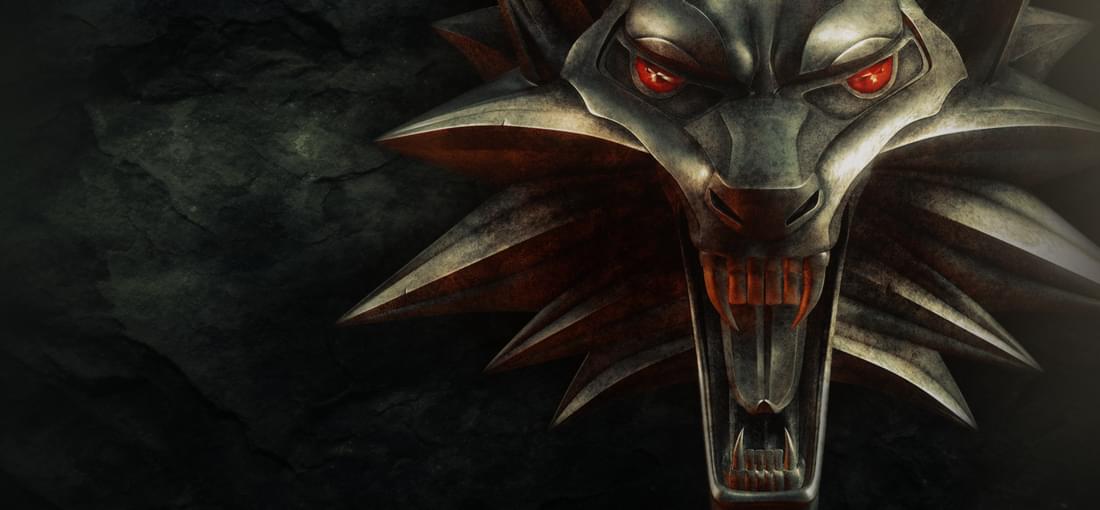
CD Projekt Red took a bold leap by adapting Andrzej Sapkowski's novels. The Witcher is far from perfect, but it's an ambitious debut notable for atmosphere, choices, and worldbuilding. The start is rough: clumsy introductions, stiff cutscenes, awkwardly written characters. Combat is rhythm-based with timed clicks and multiple styles, but quickly becomes repetitive. The introduction of characters like Alvin in Chapter 1 is so bizarre and poorly integrated that it likely turned many players off. I often wonder that this series got the oppurtunity to grow and it is a harsh failing in more ways than one. Yet, if you look past the flaws, the game lays the foundation for one of the most acclaimed RPG franchises. A clever choice is Geralt returning with amnesia, letting players explore the world without prior lore knowledge. Decisions matter: choices in early chapters echo later, often forcing morally grey decisions where truth is elusive. One early choice support a witch or a suspicious mob perfectly illustrates the game's approach to moral ambiguity. What the game does best is atmosphere. The world doesn't revolve around Geralt and townsfolk have their own worries. Locations like Vizima feel detailed and lived in, with NPCs performing routines that make the world feel real. Visually, the game is ambitious: character models show their age, but environments are crafted with care. The story improves over time, though Chapters 4 and 5 feel rushed and some plot points are confusing. Major book characters like Yennefer or Ciri are largely unmentioned, a noticeable omission. Despite its flaws, The Witcher is a passionate, impressive debut. CD Projekt Red stretched their limited resources to create a world with scope, soul, and ambition. It laid the shaky foundation for later masterpieces, and its story and writing already hint at the talent that would define the series. Playing it isn't essential before The Witcher III, but it's still worth it.
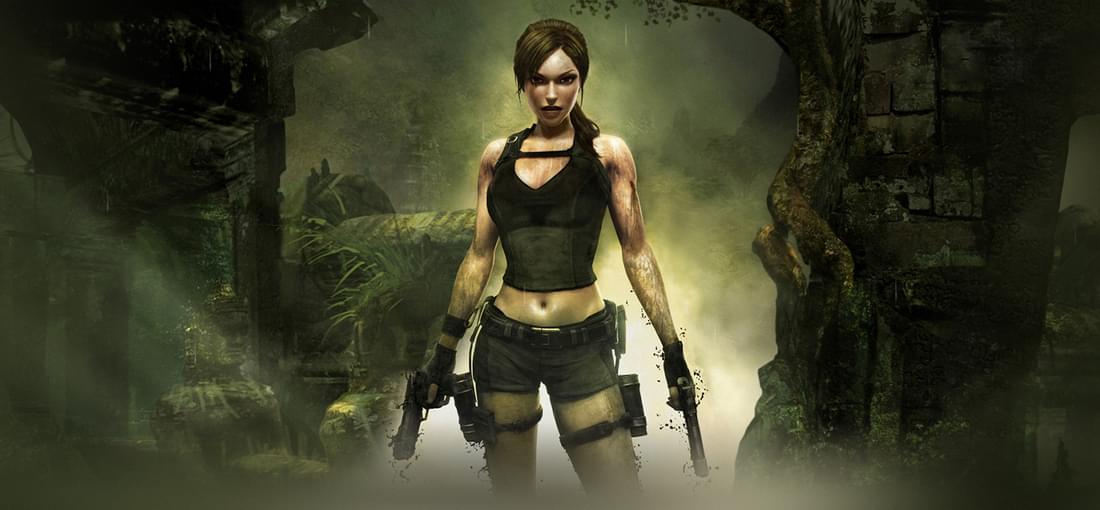
Underworld continues after Legend and Anniversary, weaving a darker tale with North mythology. Built on a new engine, it offers impressive detail and variety from underwater ruins to vast temples. Unlike Legend's corridor heavy design, Underworld embraces larger, more open areas, giving at least some freedom to explore. Puzzles are well integrated and make strong use of Lara's acrobatics, Lara's Tools, etc. The grappling hook gains new uses, like tightening around objects to solve mechanisms. The motorcycle as vehicle isn't just for scripted chases but functions as transport, puzzle solving, and even combat, reminiscent of Tomb Raider II. Combat remains similar to earlier games, with the addition of dual target aiming. Oddly, jumping while shooting is less effective now, making ground combat more practical. But once you acquire the mythical weapon the game is tied to, balance is gone anyway, turning Lara into an overpowered force. Still Slow motion action sequences replace QTEs, letting players keep control an improvement over just button mashing. Unfortunately, climbing controls remain unreliable. While Lara auto grabs edges, many jumps feel scripted: if the designers didn't intend it, Lara simply won't hold on, even when it looks possible. This creates trial and error scenarios, worsened by occasional unclear level design. Motion captured animations look fluid but sometimes unnaturally fast or awkward, making movements feel strange. Croft Manor is absent, destroyed by the plot, meaning no training level. Post-game content is bare: no Time Attack, few unlockables beyond concept art. Exploration rewards are limited to collectibles with little value. Overall, Underworld feels like a step closer to classic Tomb Raider but is hampered by clunky execution. It's shorter, sometimes frustrating, and ultimately mediocre, yet it still provides a fitting conclusion to the Crystal Dynamics trilogy. Not outstanding, but worth a try if you can overlook its flaws.
Too bad the two games are bundled. The graphics and lighting in TR IV game look fantastic for the time, the puzzles sometimes use new, creative and clever approaches and unlike the other games, the enemies seemed quite well balanced and I had less of a problem with the enemies using guns this time. Some of the level designs are probably the best the series has done so far. (Moving Train Level!) But the weak point lies mainly in the rest. The game sometimes tries to be far too complicated and clever with its puzzles, but overdoes it with the solution-finding, so that puzzles are actually made unnecessarily difficult. It doesn't offer a satisfying feeling when you solve the puzzle or look it up out of frustration, you feel cheated. So it feels more like work to play through the game. I remember having the game since release in 1999 and at some point I just stopped playing it, even though I could play the predecessors up and down. And after playing it again, I know why. But it still had strong moments. TR Chronocles on the other hand is a mess. You can see that the development team that worked on this game had no motivation or passion and Eidos wanted to bring the game to market as quickly as possible. You can often forgive flaws in games if the overall experience of the game is still somehow enjoyable. For example, I consider TR IV still as a good game, which despite the many frustrating elements was still a solid game where you can see that the developers have made an effort. But the buggy half-finished Chronicles destroyed my experience and my already fading enjoyment for the game, making it one of the games I would probably never touch again. And therefore I can't recommend it to anyone. Seriously, skip this game or try in in the Remastered Version. I didn't play it, but i assume they fixed many of the appearing bugs. Other thand that it had some neat ideas like stealth, but you quickly realize how little this potential is actually used.

Tomb Raider Anniversary is a remake of the first classic game, reimagined with influences from Tomb Raider Legend. The core plot remains, but is expanded by tying the Scion artifact to Lara's father, whose journal comments appear throughout. The game is more action-driven than the original. Some sequences once shown in cutscenes are now playable climbing sections which is cool. Croft Manor also returns, redesigned after Legend, serving both as a tutorial and an explorable hub integrated into the story. Familiar locations like Vilcabamba or the Lost Valley are faithfully recreated but enhanced with skyboxes, lighting, and bloom effects. Larger layouts, detailed textures, and dramatic camera work help modernize these spaces. However, the visual style leans heavily on gray and muted tones, losing the vibrant greens and reds of the original. Atlantis, too, feels more technical and mystical than bizarre and grotesque. Many puzzles return, some reimagined. Some even improved like the Poseidon Chamber. Still, simplifications are noticeable: levels are streamlined, corridors connect landmark rooms, and exploration is limited. While this reduces backtracking, it also shrinks the sense of discovery. Movement and climbing use the Legend system, where Lara auto-grabs edges and poles. It works most of the time, but occasional input issues lead to frustrating deaths. Combat also mirrors Legend, with added mechanics like a slow-motion dodge jump that enables counter headshots. Enemies are mostly animals or Atlantean creatures, so fights follow repetitive patterns. Human encounters from the original are reduced to cutscenes or QTEs. Character redesigns, especially villains, feel exaggerated and lose subtlety. In the end, Anniversary feels less like a faithful remake and more like a reinterpretation. Its streamlined design and modern mechanics make it accessible, but also strip away some of the precision, atmosphere, and challenge that defined the original.
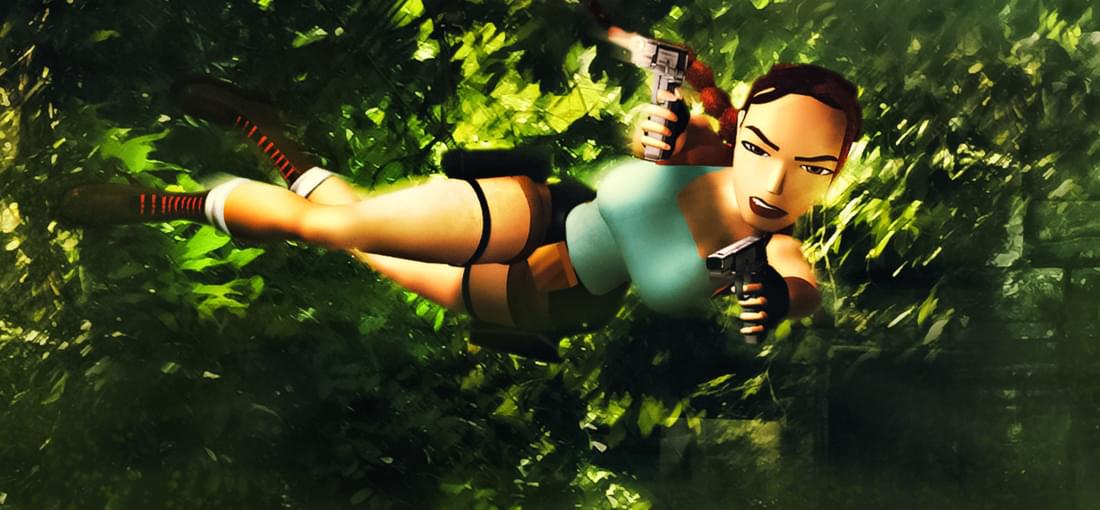
Tomb Raider is a classic of the 90s that made Lara Croft an icon. As one of the first 3D puzzle platformers, it comes from a time without clear standards, which makes it clunky yet innovative. Lara explores bizarre levels inspired by ancient cultures with a touch of Lovecraft, tied together by themes of birth and rebirth. The games open memorably with a tutorial in Lara's mansion, where players learn the basics of jumping, climbing, and swimming before heading into the different locations to collect treasures. Levels are built on a strict grid system, making movement deliberate but precise and mastering timing and distance is essential to survival. Combat is simple Lara can draw or holster weapons, automatically aiming with her trademark dual pistols. Other weapons like the shotgun, magnums, or Uzis add variety but require ammo, which is rarely scarce. Level design is the real highlight. Environments are varied and atmospheric, supported by strong music and sound design. Ancient temples, ruins, and caves invite exploration, rewarding secrets with health or ammunition. With no map, navigation depends on memory, and the vertical, non-linear layouts make every corner feel dangerous. Difficulty is high and traps, enemies, and chasms punish every mistake. Death animations from drowning to being impaled are being the source of everyones nightmares. Success requires patience and repeated trial and error. However, flaws are hard to ignore. The camera struggles in tight spaces, interactions demand exact positioning, and combat often feels clumsy. Getting lost is common, and puzzles can become frustratingly repetitive. The third game even is almost absurd in terms of puzzles and solutions. Still, despite being tedious and unforgiving, the Tomb Raider Classic Trilogy remains atmospheric, challenging, and great.
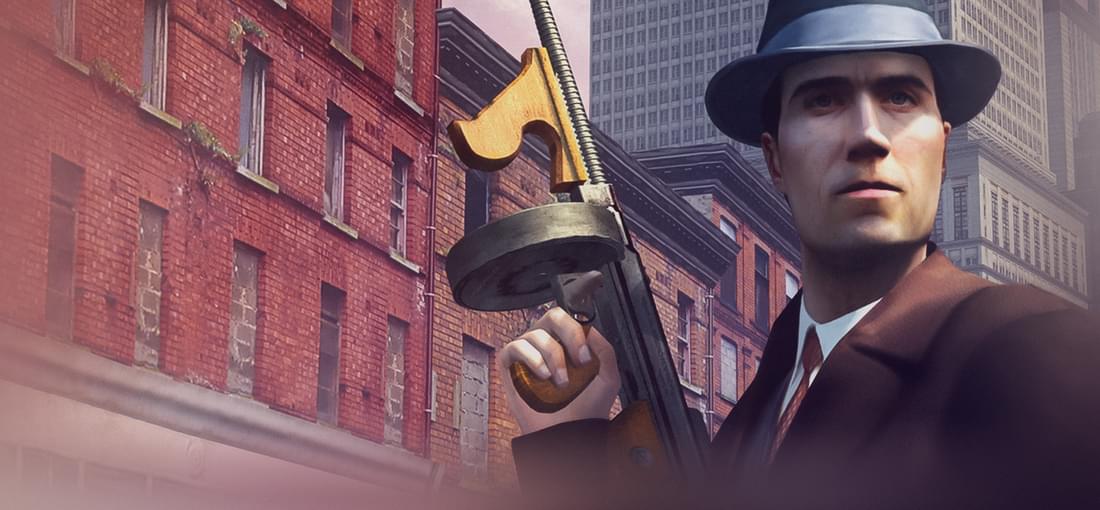
Mafia had the misfortune of releasing after GTA III, and was quickly labeled a clone. In truth, it's a very different game with a linear, story-driven experience that trades a sandbox for immersion and atmosphere. The story is its greatest strength. Told through flashbacks, it follows taxi driver Tommy Angelo, who is reluctantly drawn into the Salieri family. This framing device spans years and shows how his ordinary life collapses into crime. The pacing feels believable, and Tommy is a grounded, human protagonist whose choices make sense. Lost Heaven, the 1930s metropolis, is carefully crafted with authentic cars, music, and routines. Unlike GTA's playground cities, it's not meant for endless roaming. The world enforces rules speed limits, fuel consumption, and police patrols that make it feel more like a living simulation than a sandbox. Small details, like buildings under construction that later finish or newer car models appearing, reinforce the passage of time. Driving is slow and clunky, reflecting the era's cars. Some find it dull, but it supports the realism: reckless driving usually ends in arrest. Gunfights follow the same philosophy as few bullets kill, weapons are limited, and tactics matter. Yet combat often feels frustrating, with trial-and-error encounters and weak AI, making it the least polished part of the game. Attention to detail sets Mafia apart. Tires and windows can be shot out and bullet holes persist. These touches strengthen immersion. Outside the story, however, the game falters. Freeride mode quickly feels empty, and even the bizarre “Freeride Extreme” challenges clash with the grounded mechanics. Its gameplay can be rough, but as a narrative-driven crime drama, it delivers one of the most immersive experiences of its era.
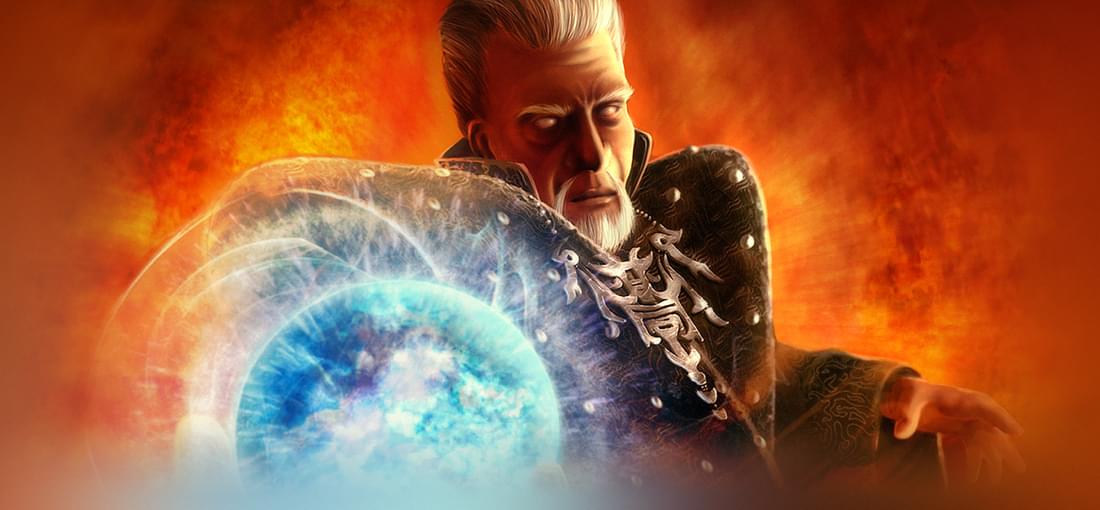
It was meant to conclude the trilogy, but instead it collapses under its own ambition. While other RPGs of the time offered strong sequels, this one traded atmosphere and coherence for scale, resulting in a game that feels hollow and unfinished. The open world is vast and beautiful, with deserts, forests, and mountains seamlessly connected. But despite its size, exploration is unrewarding: caves and dungeons are repetitive, filled with generic loot, and lack the tension of the earlier games. The impressive setting feels empty. At release, the game was a technical disaster plagued by crashes, bugs, broken animations, and unresponsive controls. Community patches made it playable, but even today its problems remain. Combat was originally exploitable with spamming, later rebalanced but still clunky and flat. There's no progression or sense of mastery as ranged attacks and especially magic, trivialize most encounters. Narratively, Gothic 3 abandons what made the series engaging. Returning characters feel mishandled, the orcs are suddenly articulate strategists, yet inspire no fear, and the supposed war-torn world lacks immersion as you never feel like you are not welcome in this world conquered and enslaved by orcs. The faction system is reduced to a reputation system, stripping away the depth of joining and experiencing guild life. Quests resemble more a MMORPG design with simple fetch quests. Writing is shallow, NPCs are forgettable, and dialogue offers little personality. The complex rivalries and political topics of the first two games are gone, replaced by a story that feels flat. The soundtrack is polished but mismatched, with sweeping orchestral themes that don't fit the series' gritty roots, and combat music quickly grows irritating. In the end, Gothic 3 feels rushed and misguided, chasing size over substance. Some players may enjoy its open world, but as a continuation of a once-beloved RPG series, it fails to capture what made Gothic special.

Gothic II shifts away from the unique prison colony of its predecessor to a more typical fantasy setting with green meadows, towns, farms, forests, and of course dragons. While visually improved and technically more ambitious, it lacks much of the oppressive, distinctive atmosphere that made the first game so memorable. Controls remain clunky, though a modernized scheme was added. Combat is still rhythm-based, requiring timing and awareness. It can feel awkward and punishing at first because enemies block too precisely, and critical hits from NPCs can kill you instantly but with practice, most fights become manageable or even easy. It's a system that demands patience but doesn't always feel fair. The game expands role-playing with trades like smithing and alchemy, offering simple but useful crafting. The world of Khorinis is great: NPCs follow daily routines, laws are enforced with fines and punishments, and the city feels alive. The familiar three-faction system returns, with more unique quests and combat styles, while pacing is improved compared to the first game, with new content spread across later chapters. Progression is rewarding as enemy levels are fixed, so exploration is open but dangerous. Venturing into the old penal colony is intimidating early on, but returning stronger later delivers a real sense of growth and achievement. The Night of the Raven expansion, included in the Gold Edition, adds a large new region, quests, and factions. It's notably harder, with a reworked skill system and stricter experience management. The lack of respec makes mistakes costly. Careful planning or lots of saving is essential. Gothic II is a great old school PRG from a time where there were no RPG standards and delevoper had to be creative. It has some awkward mechanics, especially in combat but in exchange you get a memorable adventure rpg, which is absolutely worth checking out.
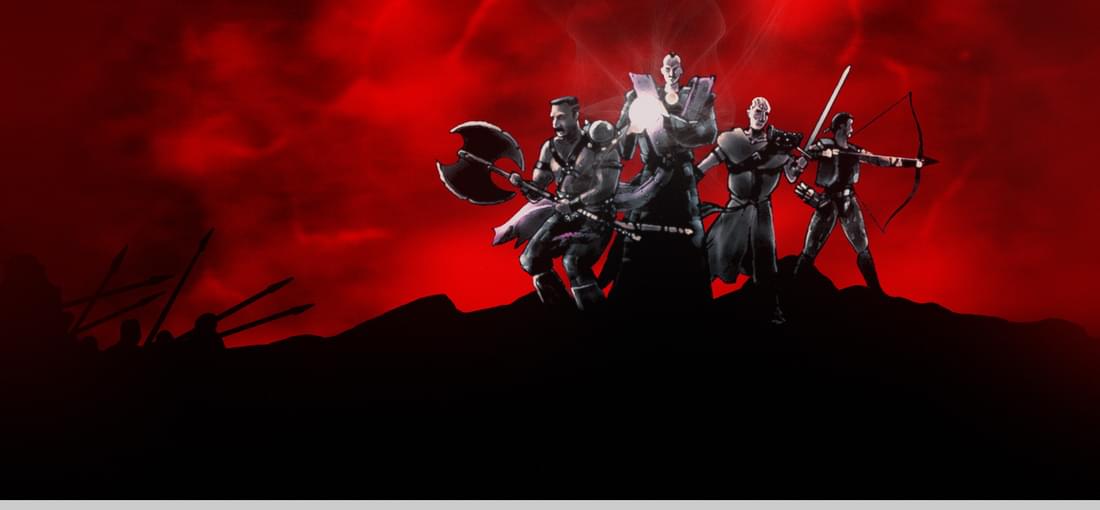
Gothic is an early 2000s action RPG that stood out by putting the player at the very bottom of the food chain as an anonymous prisoner in a mine colony sealed off by a magical barrier. Inmates control the colony, forming factions with their own rules and hierarchies. Early on, most NPCs are stronger than you, making reckless fights costly. The game encourages patience. You must earn trust in one of three camps, each with distinct culture, ideology, and skills. And the choise also add to replayability, since seeing the story from another point of view, might also be interesting. Instead of a destined hero, you're just another survivor clawing your way up. NPCs are often hostile or manipulative, which makes eventual progress and payback feel satisfying. Progression is even shown in animations: a beginner swings a sword clumsily, while a trained fighter handles it with fluid precision, a rare touch that makes development tangible. Exploration is open but dangerous. The world is accessible from the start, yet enemies like orcs for example are nearly unbeatable early on. There are no quest markers or minimaps, information comes from NPCs, and quests are tracked only loosely in your journal. This lack of handholding strengthens immersion but demands patience. Controls, designed without mouse support, feel clunky today: attacks and interactions rely on combining action and movement keys. Graphics are dated, with blocky models and short draw distance, yet the atmosphere remains unique. Muted landscapes, desolate ruins, and the glowing magical barrier create a painterly almost romantic mood. Gothic is rough, but its grounded world, social rules, and unforgiving progression make it stand out even now. The first half in particular offers a brutal but immersive sandbox where survival and social maneuvering matter more than simple enemy clashing. Later it gets unfotunatly a little bit too linear but despite the quirks, it's a memorable RPG for those willing to adapt.
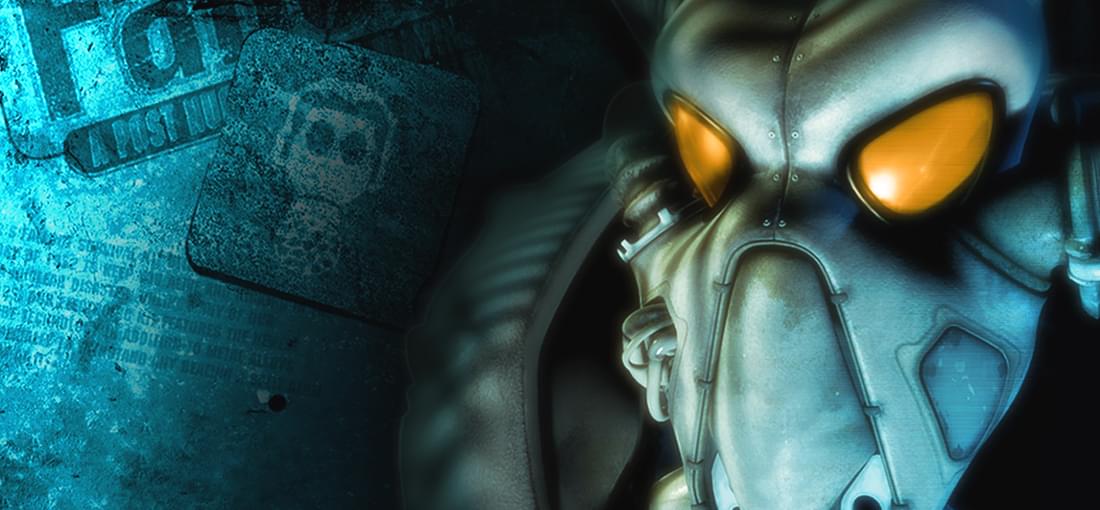
Fallout 1 was a strong introduction to the post apocalyptic world of the Fallout series, but Fallout 2 takes everything that made its predecessor great and builds upon it, creating a game that's even more immersive, intricate, and morally complex. World building is one of its greatest strengths. The wasteland feels alive and interconnected, with factions evolving since the first game: the NCR grows into a government with its own currency, super mutants change after the Master's death, and the Brotherhood fades into the background. This sense of progression makes the setting feel alive. Another element is how the game embraces moral grayness. Choices rarely have a clear right or wrong answer, sometimes you're punished simply for delaying too long, as quests can fail or NPCs die while you're busy elsewhere. You can even choose to be an a**hole, become a slaver, or kill innocents, and the game reacts accordingly. Unlike many modern RPGs, morality isn't reduced to simple good or evil factions. Gameplay builds on the first game with improvements. Companions are more useful, with better inventory and combat options, and random encounters are more varied. Towns and settlements feel distinct, each with its own identity and conflicts. Quests offer multiple solutions, encouraging replayability and experimentation, every run can reveal new dialogue, choices, or endings. But Fallout 2 isn't flawless. The rushed development shows in unfinished areas, messy scripts, and occasional bugs, sometimes preventing quest rewards or certain endings even if you met the requirements. Frequent saving is essential. If you can show patience and a willingness to embrace its imperfections, this is a must play for you. At least, I had great fun with it.